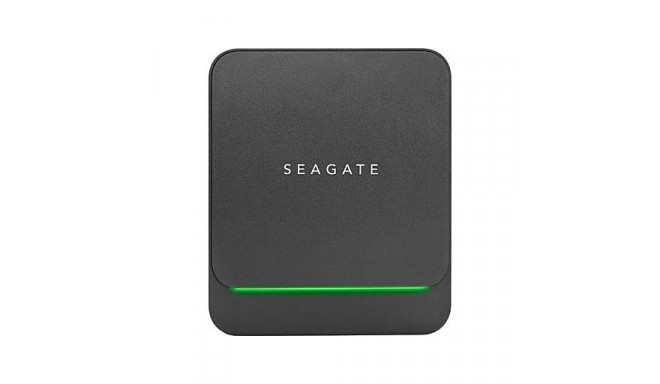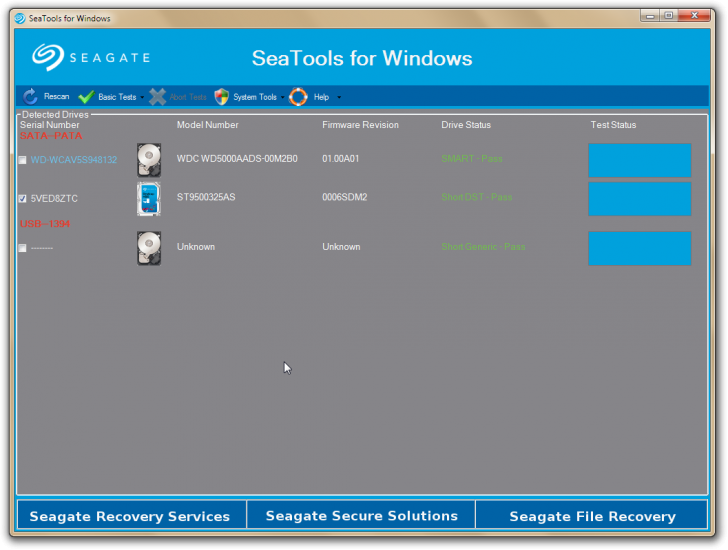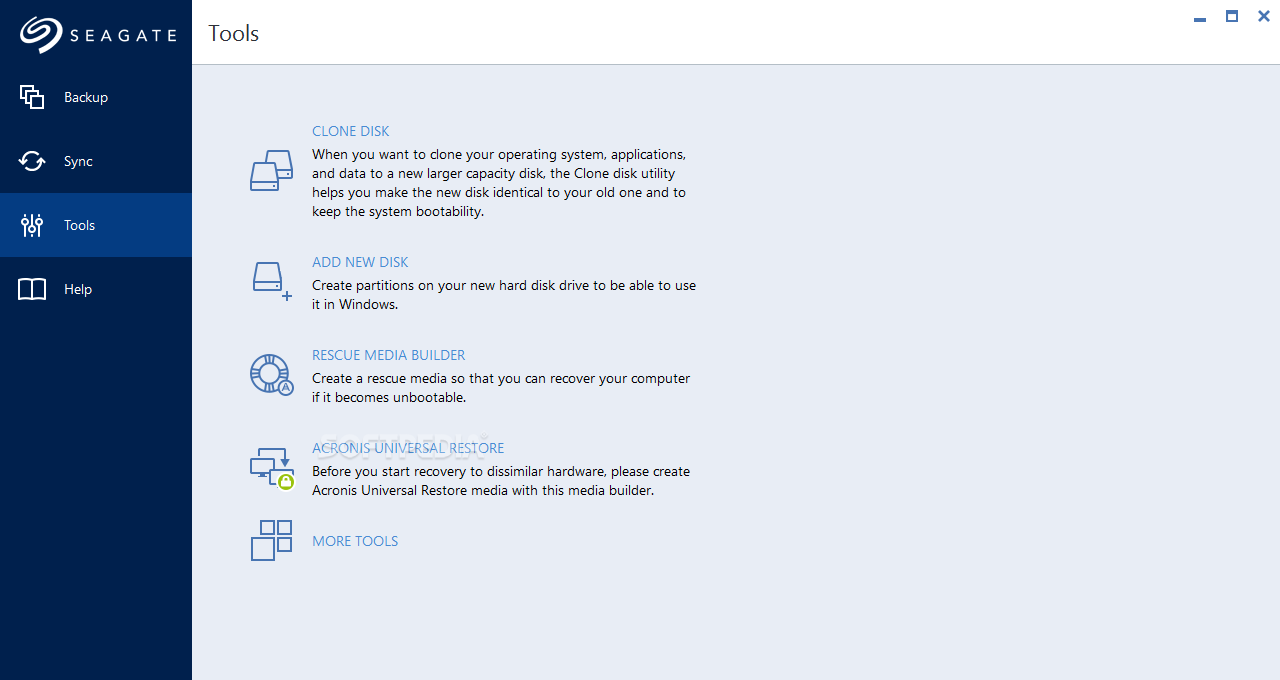
- #SEAGATE SEATOOLS RUS INSTALL#
- #SEAGATE SEATOOLS RUS SERIAL#
- #SEAGATE SEATOOLS RUS DRIVER#
- #SEAGATE SEATOOLS RUS SOFTWARE#
Seagate SeaTools is a drive utility worth considering for drive-related duties: it can recognize a faulty drive, format your storage, and more. Through it, users can manage and format their drives without any intervention from their operating system.

In addition, you can also create a bootable Linux USB drive of this software. Secure Erase options are available, which can be useful if you're looking to make the deleted data on your drive completely unrecoverable - this can come in handy if you're looking to sell a drive.

Users can format their drive through this solution.
#SEAGATE SEATOOLS RUS INSTALL#
Spin Down can help if you're looking to reduce power consumption, and there's also a Firmware Update utility, which can help you install new firmware for your drives. Softpedia wrote: SeaTools for Windows is Seagate’s collection of utilities oriented towards testing SATA, USB, ATA and SCSI drives against hardware conflicts, corrupt devices and virus threats. In addition, users can manage how their drive handles blocks of data via the LBA option. It's worth backing up everything before proceeding with this option.

#SEAGATE SEATOOLS RUS SOFTWARE#
If something comes up, you can try using the Fix All option: through it, the software attempts to repair and replace the bad blocks on your drive. The latter option conducts a more thorough examination of your drive to look for bad sectors and other such signs of failure. If you want to be a little more particular, you can opt for a quick or extended test. And that's how it works here: if you don't know what type of test to run, click Self Test, and wait for the results. Testing your drive shouldn't be a complicated process - after all, most of it should be automatic. It allows users to test their drives in various ways, and it also offers a few options for formatting/erasing one's storage, among other things. Being proactive helps, and checking your drives for errors and bad sectors, as well as making periodic backups, is something that may help you in the long run.ĭrive manufacturers often have their own software to offer to help with that, and Seagate SeaTools is an offering from one such manufacturers. However, that does not exclude data loss events from occurring, but it's nice to be proactive. We recommend it for intermediate to advanced users.Taking care of your drives ensures that they will perform for years to come, and serve you and your data well. But having terrible luck with the quality of the drives being shipped. It installs desktop icons without asking, but it uninstalls cleanly. 9 0 10 1 I found Seagate Ironwolf 4TB drives on Amazon for 15 less than the WD Reds. The one place SeaTools displays useful scan data is the Drive Information feature, which offers a detailed report that can be saved to a file. That was enough for us-we left it untouched. The Advanced Tests feature stern warnings that you can lose data or render your drive unusable should you proceed. We later learned from the Help file that the test can take up to four hours and works in 10-percent increments. We eventually had to abort the test, which caused the program to freeze and shut down. The Long Drive Self Test, however, never progressed past a certain point. The Short Drive Self Test had the same outcome. The program quickly scanned our drive, and it passed the test, but that's all we know SeaTools doesn't display scan results. We went through each test that the program offered, starting with the S.M.A.R.T.

#SEAGATE SEATOOLS RUS SERIAL#
It detected our only drive, along with its serial number, model number, firmware revision, and drive and test status. SeaTools' user interface is extremely stark: basic menu items line the top of a plain window, with detected drives are listed below. You'll have to take its word that it's working, though, because it doesn't offer any scan details.
#SEAGATE SEATOOLS RUS DRIVER#
Hard disk maker Seagate's SeaTools for Windows scans your disk drives for driver corruption, broken master boot records, viruses and Trojans, spyware, and any hardware conflicts.


 0 kommentar(er)
0 kommentar(er)
